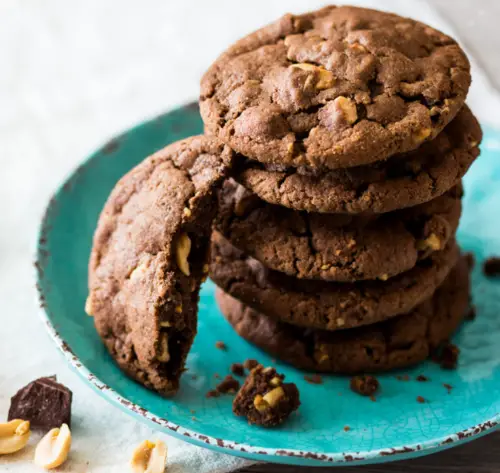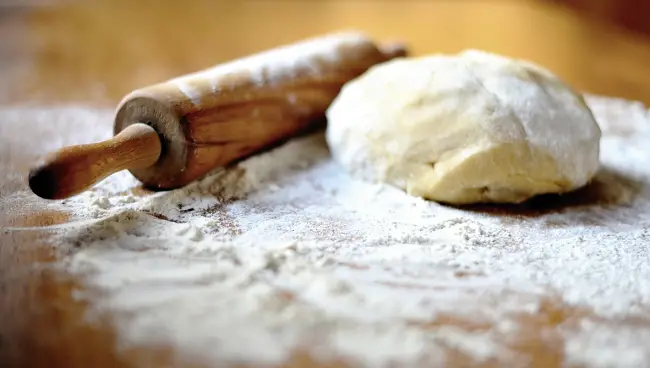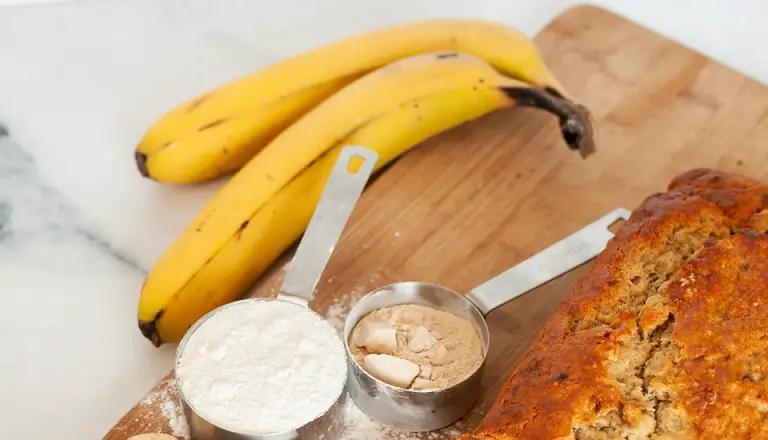There’s nothing like the anticipation of warm, thick, bakery-style cookies fresh from the oven. But sometimes, no matter how closely you follow the recipe, you’re left with cookies that are, well…flat. If your cookies are turning into puddles on the baking sheet instead of the dreamy, thick treats you wanted, you’re not alone! Flat cookies are a common baking struggle, but the good news is that most of the time, they’re fixable.
Here’s a rundown of the usual culprits behind flat cookies and how to fix them, so you can bake up perfectly plump cookies every time.
1. Melted vs. Softened Butter: Why It Matters
Using melted butter might seem harmless (or even intentional if you’re going for browned butter), but melted butter can make cookies spread more in the oven. Brown butter is amazing for flavor, but it needs to be treated a bit differently if you want thicker cookies.
- How to Fix It: Once you’ve browned your butter, let it cool down completely to room temperature—this helps solidify it slightly. For even better results, chill it in the fridge for about an hour before using it. When you’re ready, whip it with sugar to create a fluffy texture that can help the cookies hold their shape.
2. Skipping the Creaming Step
Creaming butter and sugar isn’t just a suggestion; it’s crucial for creating structure in your cookies. Creaming whips air into the dough, giving it a little lift. If you skip this step or rush it, you’re likely to end up with cookies that spread too much.
- How to Fix It: Take a few extra minutes to properly cream your butter and sugar together. Aim for a fluffy, light texture—ideally using a stand mixer or hand mixer. If your butter is at the right temperature (softened but not melting), this step should be easy and quick.
3. The Butter-to-Flour Balance
Sometimes, flat cookies come down to the simple balance of ingredients. Too much butter (or too little flour) means there isn’t enough structure to keep the cookies thick. Recipes don’t always translate perfectly from one baker to another, so if your cookies keep spreading, consider tweaking the flour-to-butter ratio.
- How to Fix It: Gradually add a bit more flour to your dough if you notice consistent spreading. You don’t need much; just a tablespoon or two can make a noticeable difference. Aim for a dough that holds together but isn’t too dry.
4. The Role of Leavening Agents
Baking soda and baking powder might look similar, but they play different roles. Baking soda creates a chewier, denser texture, while baking powder gives cookies more rise. If your cookies aren’t rising, you might need a leavening boost.
- How to Fix It: Double-check the recipe to ensure you’re using the right leavening agent. If your recipe doesn’t call for one, try adding a pinch of baking powder to see if it helps.
5. Chill Your Dough – Yes, It Makes a Difference
Dough that’s too warm will spread faster in the oven, resulting in thin cookies. Chilling the dough before baking gives it time to firm up, reducing the spread and allowing for a thicker, chewier result.
- How to Fix It: Once your dough is ready, let it chill in the fridge for at least 30 minutes before baking. You can also chill the dough overnight to help develop the flavors.
6. Baking Isn’t a Race – Patience Makes Perfect
It’s tempting to rush through the steps when you’re excited for cookies, but good baking takes patience! Flat cookies are often a sign of a rushed process, whether it’s from not letting the butter cool or skipping dough-chilling time.
- How to Fix It: Take your time with each step. Allow the butter to cool fully, cream the butter and sugar well, and give your dough time to chill. Each step contributes to a better cookie, so it’s worth the wait.
Some Extra Tips to Keep in Mind
- Oven Temperature: Make sure your oven is correctly calibrated. If your oven runs hot or cold, it could be affecting how your cookies bake.
- Mix Dry and Wet Ingredients Separately: Combining wet and dry ingredients separately before mixing them together helps ensure an even dough with consistent results.
- Experiment and Adjust as Needed: Baking is both a science and an art, so don’t be afraid to experiment a little with ingredient ratios or chilling times if you’re consistently getting flat cookies.
Flat cookies may be a common problem, but they’re a totally fixable one. With a few small adjustments, you can achieve the perfectly thick, bakery-style cookies of your dreams. Now, it’s time to head back to the kitchen and give it another shot. Happy baking!




